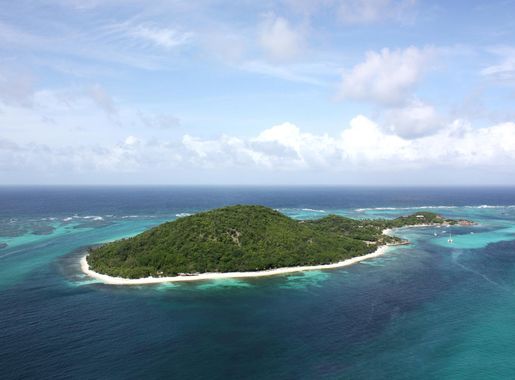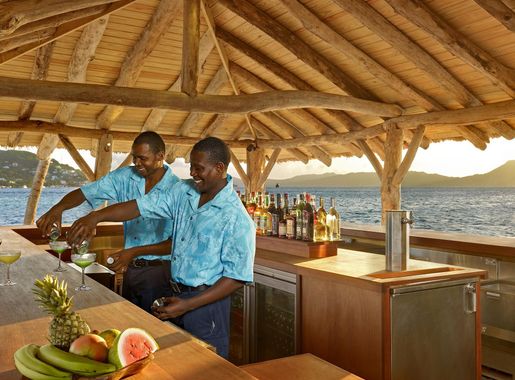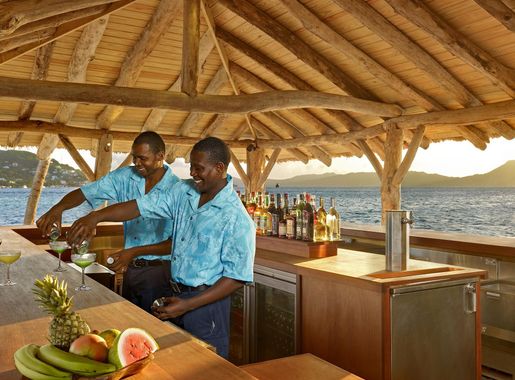
Petit St. Vincent: A Secluded Caribbean Paradise
Discover the ultimate Caribbean escape at Petit St. Vincent, a secluded island paradise in Saint Vincent and the Grenadines known for its pristine beaches and luxurious accommodations.
Nestled in the heart of the Caribbean, Petit St. Vincent is a small, private island in Saint Vincent and the Grenadines that offers an unparalleled escape from the hustle and bustle of everyday life. With its pristine white-sand beaches, crystal-clear turquoise waters, and lush tropical landscapes, this island is a haven for nature lovers and those seeking tranquility. The island's exclusive resort features charming cottages and villas that are scattered across its 115 acres, each offering stunning ocean views and complete privacy. Visitors can enjoy a range of activities such as snorkeling, diving, sailing, and hiking, making it an ideal destination for both relaxation and adventure. Petit St. Vincent is also renowned for its exceptional dining experiences. Fresh seafood and locally sourced ingredients are the stars of the menu, with meals served in a variety of picturesque settings, from beachside barbecues to elegant dinners under the stars. The island's commitment to sustainability and environmental preservation ensures that its natural beauty remains unspoiled for future generations.
Local tips in Petit St. Vincent
- Book your stay well in advance, as the island’s exclusive accommodations fill up quickly.
- Pack light, breathable clothing and plenty of sunscreen to stay comfortable in the tropical climate.
- Take advantage of the island’s complimentary water sports equipment, including kayaks, paddleboards, and snorkel gear.
- Don’t miss out on a hike to the island’s highest point for breathtaking panoramic views.
- Make reservations for dining experiences early, especially if you wish to enjoy a private, romantic dinner on the beach.
Petit St. Vincent: A Secluded Caribbean Paradise
Nestled in the heart of the Caribbean, Petit St. Vincent is a small, private island in Saint Vincent and the Grenadines that offers an unparalleled escape from the hustle and bustle of everyday life. With its pristine white-sand beaches, crystal-clear turquoise waters, and lush tropical landscapes, this island is a haven for nature lovers and those seeking tranquility. The island's exclusive resort features charming cottages and villas that are scattered across its 115 acres, each offering stunning ocean views and complete privacy. Visitors can enjoy a range of activities such as snorkeling, diving, sailing, and hiking, making it an ideal destination for both relaxation and adventure. Petit St. Vincent is also renowned for its exceptional dining experiences. Fresh seafood and locally sourced ingredients are the stars of the menu, with meals served in a variety of picturesque settings, from beachside barbecues to elegant dinners under the stars. The island's commitment to sustainability and environmental preservation ensures that its natural beauty remains unspoiled for future generations.
When is the best time to go to Petit St. Vincent?
Iconic landmarks you can’t miss
Botanical Gardens
Explore the lush landscapes and rich history of St. Vincent's Botanical Gardens, a serene escape for nature lovers and tourists alike.
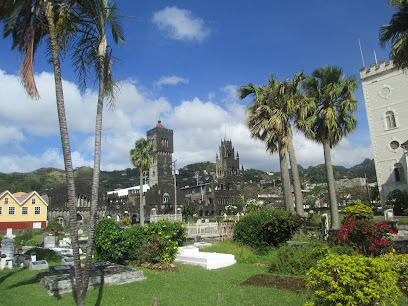
Saint Vincent
Explore the lush landscapes, rich culture, and stunning beaches of Saint Vincent, a Caribbean paradise perfect for adventure and relaxation.

Young Island Resort
Discover unparalleled luxury and natural beauty at Young Island Resort, your ultimate Caribbean escape with stunning views and serene beaches.

Wallilabou Anchorage
Experience the breathtaking views and delicious Caribbean cuisine at Wallilabou Anchorage, a scenic restaurant and cocktail bar in Saint Vincent.
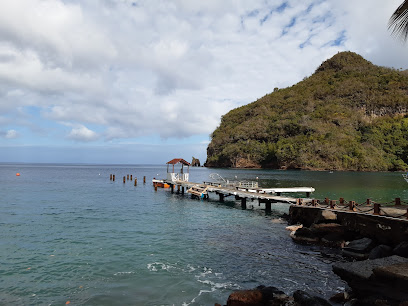
Fort Charlotte, Saint Vincent
Discover the rich history and breathtaking views at Fort Charlotte, a prominent landmark in Saint Vincent's colorful colonial past.
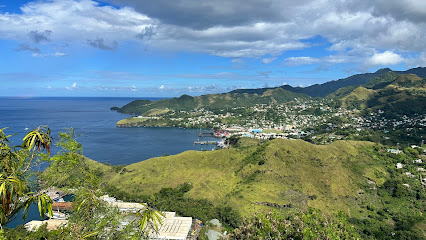
Grenadine House
Experience the warmth of St. Vincent at Grenadine House, a cozy indoor lodging in Kingstown that embraces local culture and comfort.

Salt Whistle Bay
Experience the serene beauty of Salt Whistle Bay, a tropical paradise in Mayreau perfect for relaxation, adventure, and local culture.
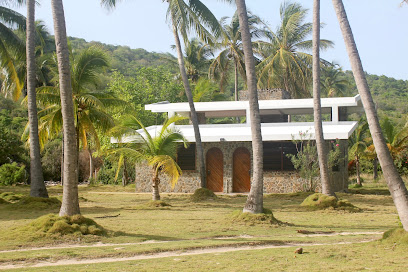
Palm Island Resort & Spa
Discover the tranquil luxury of Palm Island Resort & Spa in the stunning Grenadines, where pristine beaches and lavish amenities create an unforgettable escape.

Union Island
Experience the stunning beauty and vibrant culture of Union Island, a tropical paradise in the heart of the Grenadines, perfect for relaxation and adventure.
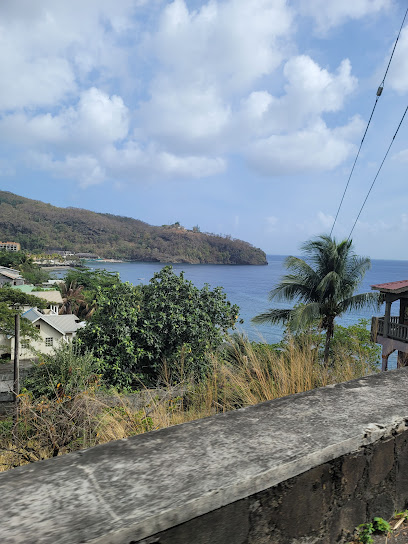
Fort Duvernette
Discover the rich history and breathtaking views at Fort Duvernette, a historic fortress overlooking the mesmerizing Caribbean Sea.
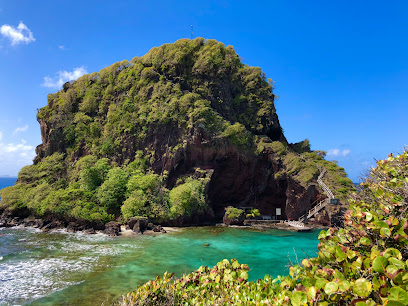
Tenuta Chatham Bay
Discover the luxury and beauty of Tenuta Chatham Bay, a premier hotel in the Grenadines offering exquisite dining, stunning views, and unforgettable experiences.
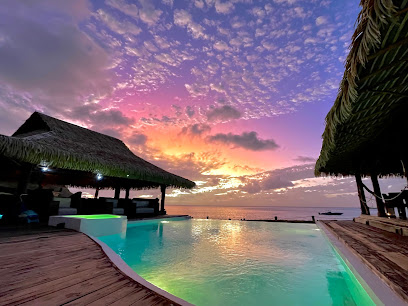
Petit Saint Vincent
Experience the serene beauty and luxurious charm of Petit Saint Vincent, an idyllic island paradise in the southern Grenadines.
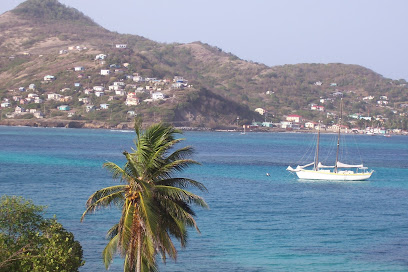
Palm Island
Experience the tranquility and beauty of Palm Island, a tropical paradise in St. Vincent and the Grenadines, perfect for relaxation and adventure.
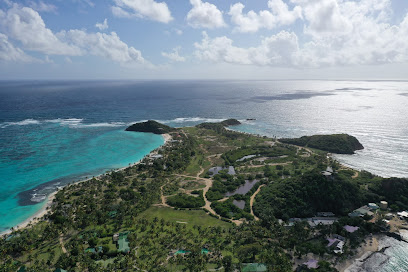
Petit St Vincent Resort
Discover the serenity of Petit St Vincent Resort in the Grenadines, where luxury meets nature in a tropical paradise.

Sandals Saint Vincent and the Grenadines
Discover the ultimate Caribbean escape at Sandals Saint Vincent and the Grenadines, where luxury meets tropical paradise in Buccament Bay.

Unmissable attractions to see
Baradal Beach
Experience the stunning beauty and vibrant wildlife of Baradal Beach, a tranquil paradise in St. Vincent and the Grenadines.
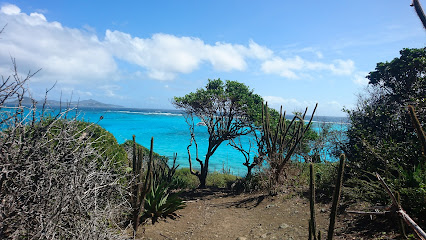
Tobago Cays
Explore the breathtaking Tobago Cays, a Caribbean paradise known for its vibrant marine life and stunning beaches, perfect for adventure and relaxation.
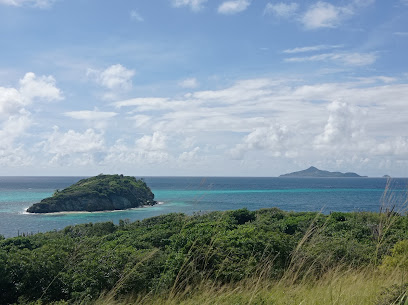
Twin Bay
Experience the tranquil beauty of Twin Bay in Clifton, a paradise for relaxation, adventure, and unforgettable sunsets.
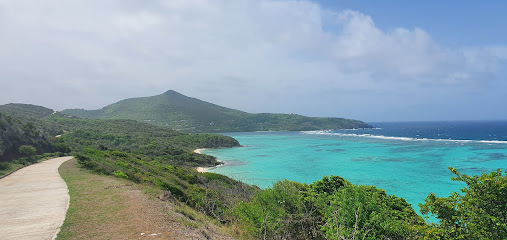
Petit St. Vincent Dive Center
Dive into adventure at Petit St. Vincent Dive Center, your gateway to exploring the vibrant underwater world of the Caribbean.
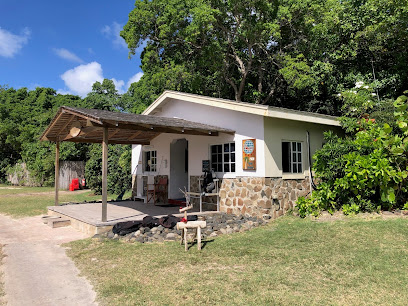
Frigate Bridge
Discover the beauty of Frigate Bridge in Ashton, a breathtaking blend of nature and architectural elegance that enchants every traveler.
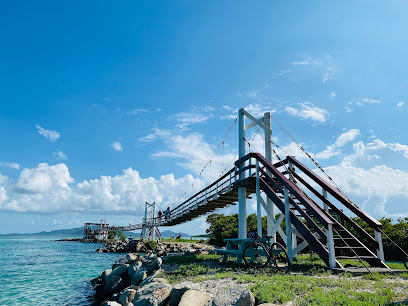
Richmond Bay Recreational Park
Experience the beauty of nature at Richmond Bay Recreational Park, a tranquil oasis on Union Island perfect for relaxation and adventure.

Skipper Raini's Ankerplatz, In Gedenken an Raini
Experience the natural beauty and tranquility of Skipper Raini's Ankerplatz in Tobago Cays Marine Park, a true Caribbean gem for nature lovers.
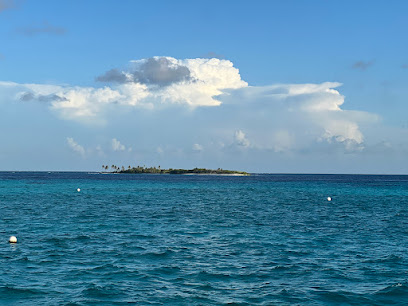
Essential places to dine
French Verandah
Discover exquisite dining at the French Verandah in Arnos Vale – where Caribbean flavors meet classic French cuisine in an enchanting atmosphere.
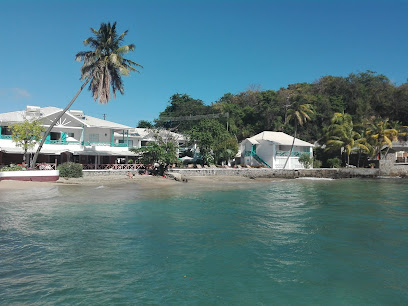
Flowt Beach Bar
Experience delectable grilled cuisine at Flowt Beach Bar while enjoying stunning waterfront views in Rathomill's beautiful Blue Lagoon Marina.
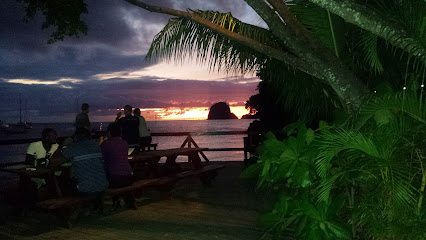
4 SHELLS FISH JOINT
Discover delightful seafood dishes at 4 Shells Fish Joint in Arnos Vale, where fresh flavors meet an inviting atmosphere.
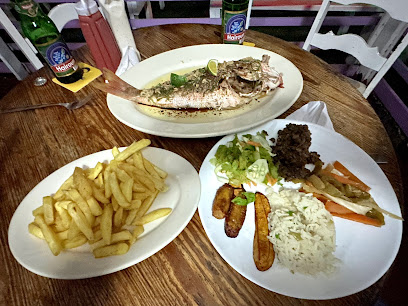
Flow Wine Bar and Kitchen
Experience culinary excellence at Flow Wine Bar and Kitchen in Kingstown, where exquisite wines meet delectable local cuisine.
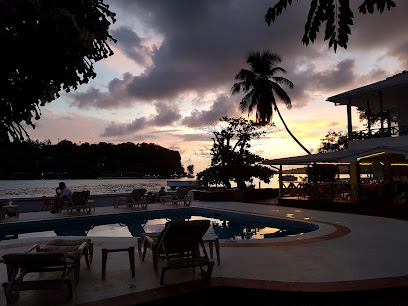
Sparrow's Beach Club
Discover culinary bliss at Sparrow's Beach Club in Clifton—where Caribbean flavors meet breathtaking ocean views.
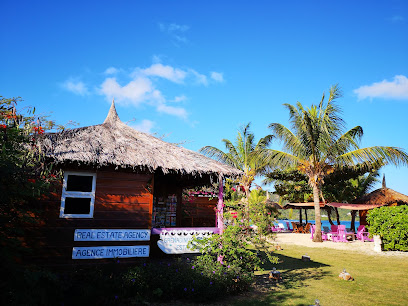
Happy Island
Experience authentic Caribbean charm at Happy Island in Union Island – where delicious cuisine meets breathtaking views.
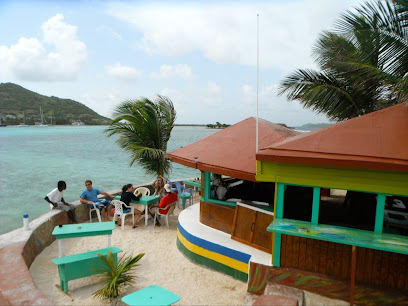
Signature
Discover Signature: A delightful restaurant in Arnos Vale offering local flavors and an unforgettable dining experience.
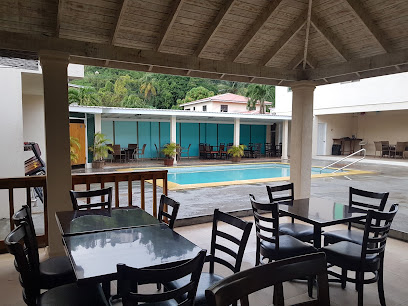
Bungalow
Experience Caribbean flavors at Bungalow in Villa - where local ingredients meet exceptional culinary craftsmanship.
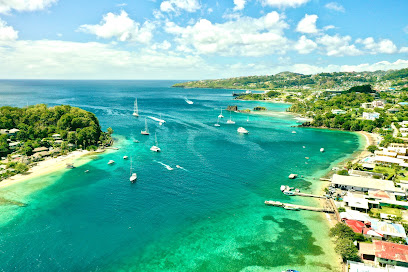
Stop Light Restaurant & Bar
Experience authentic Caribbean cuisine at Stop Light Restaurant & Bar in Kingstown – where every dish tells a story.
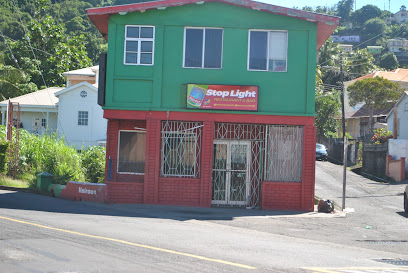
The View Restaurant And Bar
Experience exquisite Caribbean flavors with breathtaking views at The View Restaurant And Bar in Lovell.
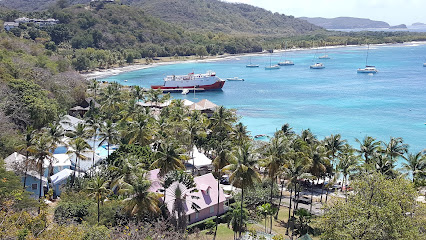
The Loft Restaurant and Bar
Experience exquisite dining at The Loft Restaurant and Bar in St. Vincent—where culinary delights meet stunning views.

Cheri's Rooftop Terrace
Experience breathtaking views and exquisite local cuisine at Cheri's Rooftop Terrace in Port Elizabeth.
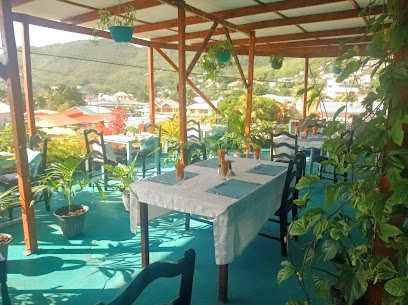
Young Island Resort Restaurant
Discover Caribbean flavors in a breathtaking setting at Young Island Resort Restaurant – where paradise meets culinary excellence.
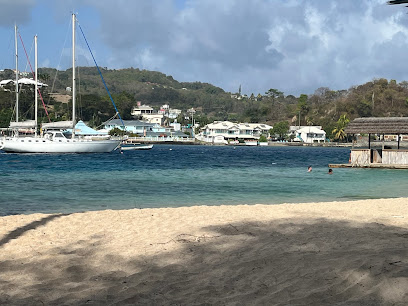
Petra's
Discover culinary excellence at Petra's in Lower Bay – where fresh Caribbean flavors meet warm hospitality.
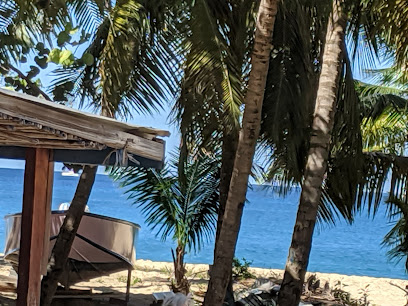
MINT Café
Experience exquisite flavors and local charm at MINT Café in Arnos Vale - a must-visit culinary delight in St. Vincent.
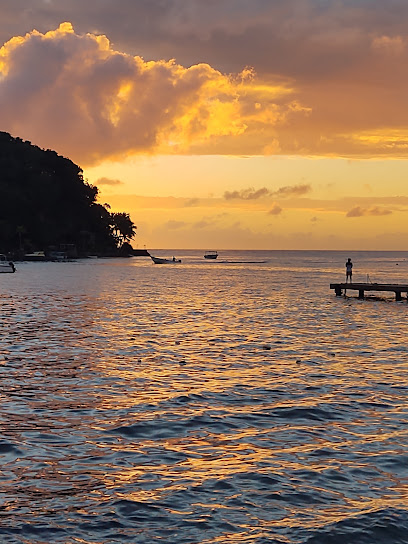
Markets, malls and hidden boutiques
Petit St Vincent Resort
Experience the ultimate luxury escape at Petit St Vincent Resort in The Grenadines, where stunning beaches and personalized service create unforgettable memories.

Hutchinson's Variety Store
Discover the heart of Union Island at Hutchinson's Variety Store, where local flavors and friendly service meet your shopping needs.
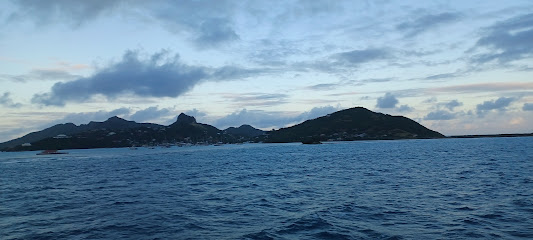
Matthew's Shopping Centre
Discover local flavors and unique treasures at Matthew's Shopping Centre in Grenada, your go-to destination for diverse shopping experiences.
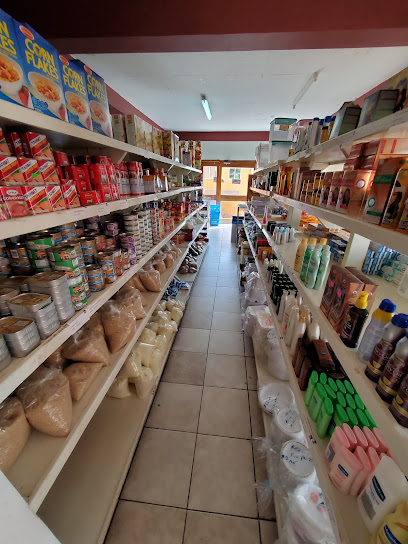
Mills Enterprise
Discover Ashton’s flavors at Mills Enterprise, your ultimate supermarket for local and international groceries.

Nicholls Treasures Boutique
Discover unique Caribbean fashion and accessories at Nicholls Treasures Boutique in Bequia, where local craftsmanship meets vibrant island spirit.
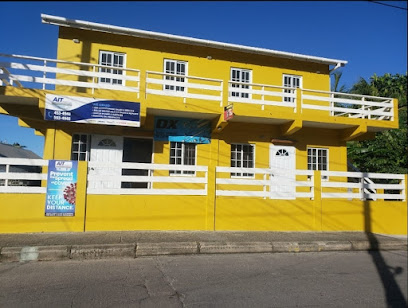
S&D Mini Mart
Discover the heart of Union Island at S&D Mini Mart – your essential stop for local groceries, snacks, and authentic island flavors.
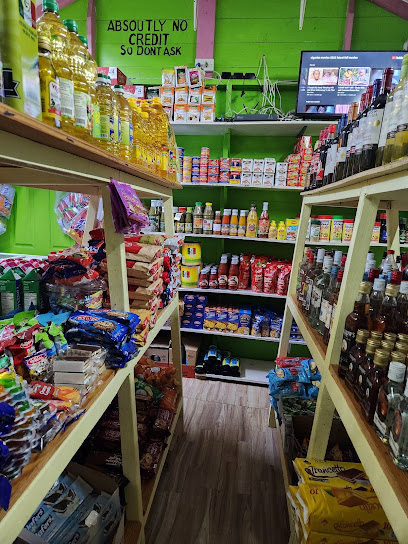
Adon's Syrian Store
Discover the flavors of Syria at Adon's Syrian Store in Clifton, where authentic products and a warm atmosphere await every visitor.

Samanta & Sons
Explore the vibrant local fashion at Samanta & Sons in Kingstown, where each piece tells a story of St. Vincent's rich culture and style.
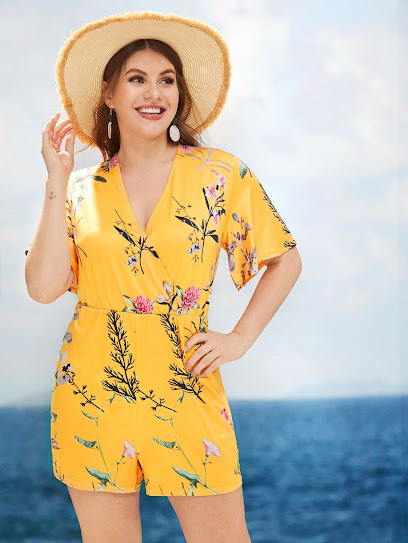
The Salty Girl Boutique
Explore The Salty Girl Boutique on Union Island for unique local treasures and a taste of Caribbean culture.
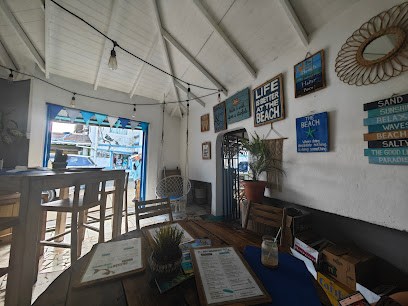
First Stop Supermarket
Discover local flavors and essentials at First Stop Supermarket in Mayreau, a vibrant spot for tourists seeking authentic Caribbean experiences.
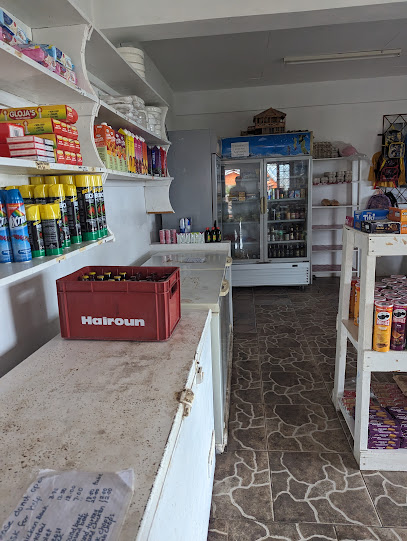
Mitchell's Hardware & Supermarket
Discover the local charm at Mitchell's Hardware & Supermarket in Clifton, offering fresh produce, local goods, and a taste of island life.

Petit St. Vincent Dive Center
Dive into the stunning underwater world at Petit St. Vincent Dive Center, where adventure meets marine conservation in the heart of the Caribbean.
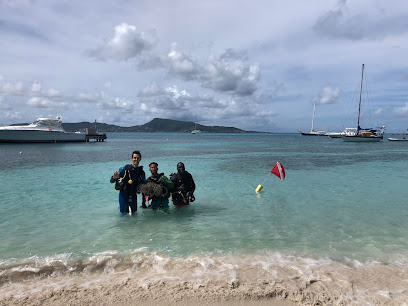
Rapid Discount Trade Centre
Explore Rapid Discount Trade Centre: Your Essential Stop for Quality Hardware and Unique Local Finds in Ashton, Union Island.
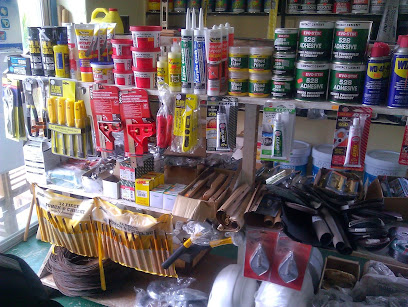
Gypsea Café
Experience the charm of Gypsea Café, a café and boutique offering local flavors and stunning lagoon views in Ashton.
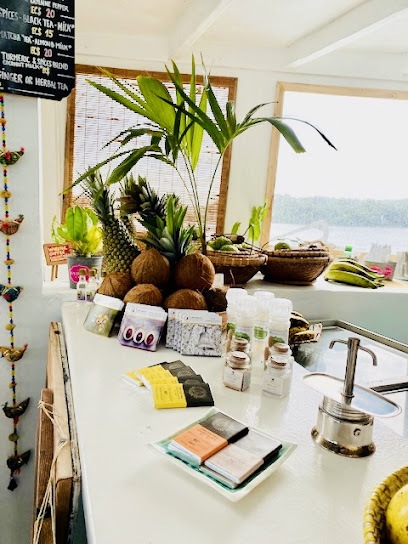
Sweet & Salty Food & Drink
Discover the vibrant flavors of the Caribbean at Sweet & Salty Food & Drink on Union Island, your go-to grocery store for local and international delights.

Essential bars & hidden hideouts
Scruffy's Bar
Discover the lively ambiance and local charm of Scruffy's Bar in Clifton, where great drinks meet unforgettable experiences.
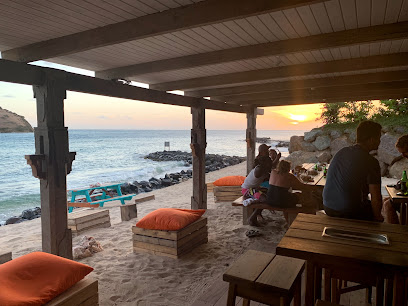
Last Bar Before the Jungle
Discover the charm of Last Bar Before the Jungle in Mayreau, where authentic Caribbean cuisine meets breathtaking natural beauty.
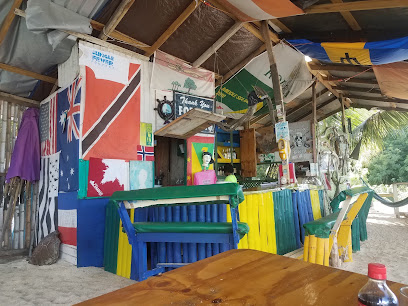
Gary's Sauces & Snacks Beach Bar
Experience the vibrant flavors of Grenada at Gary's Sauces & Snacks Beach Bar, where delicious snacks and stunning ocean views await.
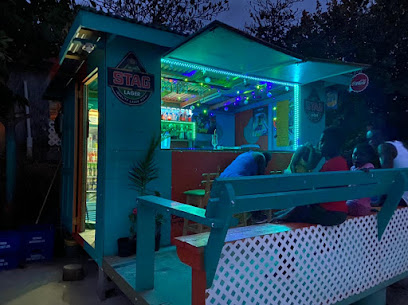
Tipsy Turtle Bar and Restaurant
Discover the lively atmosphere and delicious flavors at Tipsy Turtle Bar and Restaurant in Clifton, a culinary haven for tourists.
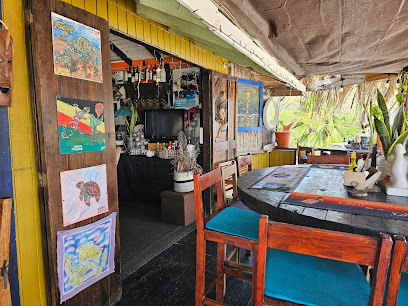
Robert Righteous and de Youths
Discover the vibrant culture and refreshing drinks at Robert Righteous and de Youths, a must-visit bar on the beautiful island of Mayreau.
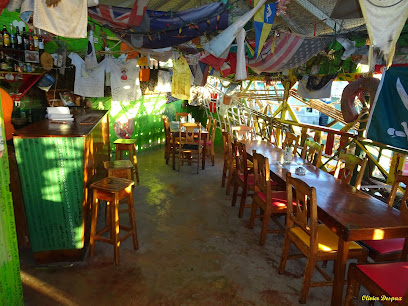
Nadi's Bar & Restorante
Discover the flavors of the Caribbean at Nadi's Bar & Restorante in Mayreau - a must-visit culinary destination with stunning views.
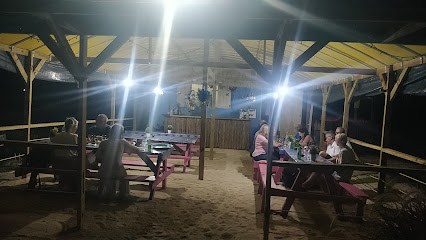
Maxwell's bar
Experience the best of Caribbean cuisine at Maxwell's Bar, a grill paradise located in Canouan Airport, where flavor meets relaxation.
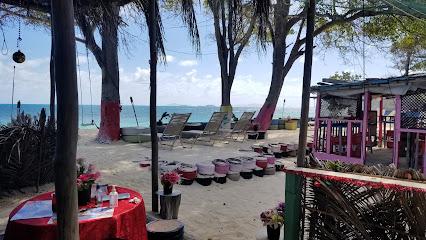
Boujie Bar & Café
Experience tropical bliss at Boujie Bar & Café, where exquisite cocktails and local cuisine meet stunning views on Union Island.
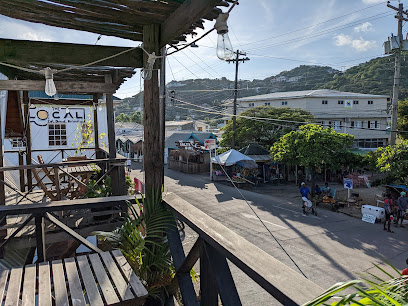
Happy Bar
Experience the vibrant nightlife and local culture at Happy Bar in Clifton, where every sip tells a story and every visit feels like home.
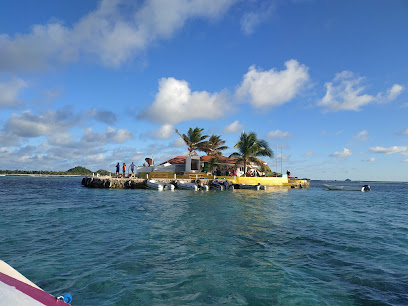
Akela Trini flavours
Discover the vibrant tastes of Trinidad at Akela Trini Flavours, a grill paradise on Union Island, offering mouthwatering dishes and stunning views.
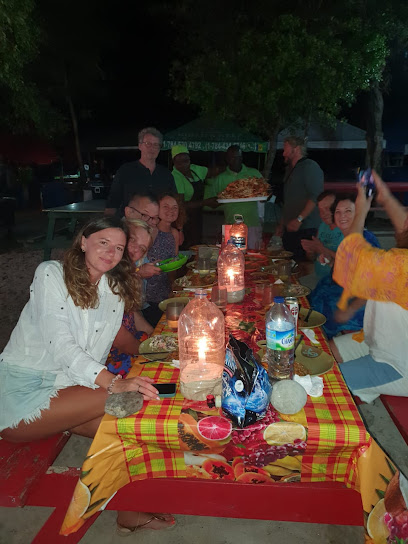
Lolo’s bar
Discover the vibrant spirit of Caribbean life at Lolo's Bar, a charming waterfront venue in Mayreau with refreshing drinks and stunning views.
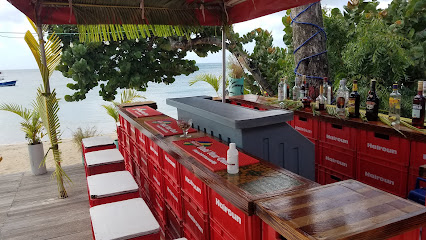
Honey Cone bar and restaurant
Discover the taste of the Caribbean at Honey Cone Bar and Restaurant, where local flavors and stunning views create an unforgettable dining experience.
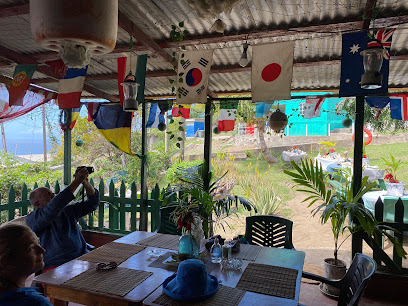
Black Boy And Debbie - Beach Bar & Restauration
Experience the vibrant flavors and breathtaking views at Black Boy And Debbie, the perfect beach bar & grill in Mayreau.
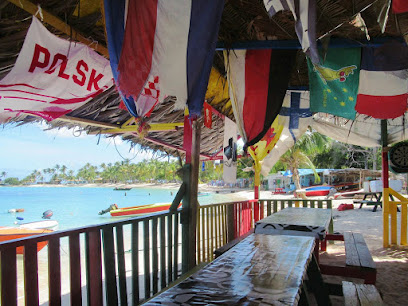
Scooby's Sports Bar
Experience the vibrant nightlife at Scooby's Sports Bar on Canouan Island, where great drinks and a lively atmosphere await every visitor.
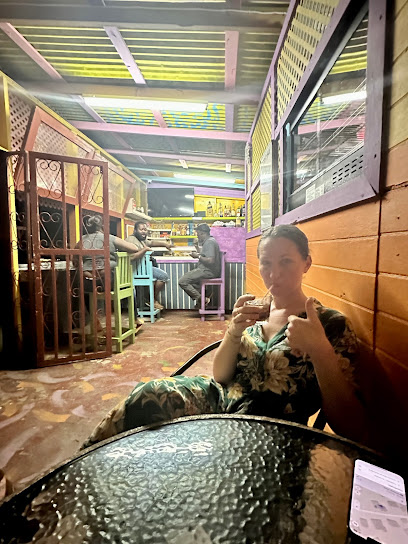
Mr Pleasure Beach Bar
Discover the vibrant nightlife at Mr Pleasure Beach Bar in Ashton, offering delicious drinks and a lively atmosphere for an unforgettable experience.

Local Phrases about Petit St. Vincent
-
- HelloHello
[Hello] - GoodbyeGoodbye
[Goodbye] - YesYes
[Yes] - NoNo
[No] - Please/You're welcomePliz
[Pliz] - Thank youTank yuh
[Tank yuh] - Excuse me/SorrySari
[Sari] - How are you?How yuh duh?
[How yuh duh?] - Fine. And you?Fine. An yuh?
[Fine. An yuh?] - Do you speak English?Yuh spik Inglish?
[Yuh spik Inglish?] - I don't understandMi noh andastan
[Mi noh andastan]
- HelloHello
-
- I'd like to see the menu, pleaseMi wan si di menu, pliz
[Mi wan si di menu, pliz] - I don't eat meatMi noh iit miit
[Mi noh iit miit] - Cheers!Chyaz!
[Chyaz!] - I would like to pay, pleaseMi wud laik tuh pie, pliz
[Mi wud laik tuh pie, pliz]
- I'd like to see the menu, pleaseMi wan si di menu, pliz
-
- Help!Elp!
[Elp!] - Go away!Go we!
[Go we!] - Call the Police!Kaal di Polis!
[Kaal di Polis!] - Call a doctor!Kaal a dakta!
[Kaal a dakta!] - I'm lostMi lost
[Mi lost] - I'm illMi iil
[Mi iil]
- Help!Elp!
-
- I'd like to buy...Mi wan fi bai...
[Mi wan fi bai...] - I'm just lookingMi jas lukin
[Mi jas lukin] - How much is it?Ow much it?
[Ow much it?] - That's too expensiveDat tuu ekspensiv
[Dat tuu ekspensiv] - Can you lower the price?Kyan yuh lowa di prais?
[Kyan yuh lowa di prais?]
- I'd like to buy...Mi wan fi bai...
-
- What time is it?Wah taim it?
[Wah taim it?] - It's one o'clockIt a wan a'klak
[It a wan a'klak] - Half past (10)Arf past (10)
[Arf past (10)] - MorningMaanin
[Maanin] - AfternoonAftanuun
[Aftanuun] - EveningIivnin
[Iivnin] - YesterdayYestide
[Yestide] - TodayTuday
[Tuday] - TomorrowTamara
[Tamara] - 1Wan
[Wan] - 2Tu
[Tu] - 3Chrii
[Chrii] - 4Fo
[Fo] - 5Faiv
[Faiv] - 6Siks
[Siks] - 7Seven
[Seven] - 8Eit
[Eit] - 9Nain
[Nain] - 10Ten
[Ten]
- What time is it?Wah taim it?
-
- Where's a/the...?Weh di...
[Weh di...] - What's the address?Wat a di adres?
[Wat a di adres?] - Can you show me (on the map)?Kyan yuh shuo mi (ahn di maap)?
[Kyan yuh shuo mi (ahn di maap)?] - When's the next (bus)?Wen a di neks (bos)?
[Wen a di neks (bos)?] - A ticket (to ....)A tiket (tu ....)
[A tiket (tu ....)]
- Where's a/the...?Weh di...
History of Petit St. Vincent
-
Before European explorers arrived, the islands of Saint Vincent and the Grenadines, including Petit St. Vincent, were inhabited by the Carib people. Known for their seafaring skills, the Caribs had a complex society and lived off the rich marine and terrestrial resources of the region.
-
The first European to document the islands was Christopher Columbus during his third voyage in 1498. Over the next few centuries, control over the islands shifted between the French and the British. However, Petit St. Vincent remained largely untouched, serving as a strategic but minor point in the colonial tug-of-war.
-
In the 18th century, the larger islands in the Grenadines saw the rise of sugar plantations, driven by the labor of enslaved Africans. Petit St. Vincent, however, was less suitable for large-scale agriculture and remained relatively undeveloped compared to its larger neighbors.
-
After the abolition of slavery in 1834, the plantation economy declined, and many islands, including Petit St. Vincent, saw a decrease in population and economic activity. The island began to revert to its natural state, with limited human intervention.
-
In the mid-20th century, Petit St. Vincent caught the eye of American businessman Haze Richardson and his friend Doug Terman. They purchased the island in 1966 and transformed it into a private resort. The development was carefully planned to preserve the island's natural beauty while offering luxury accommodations. Today, Petit St. Vincent is a renowned destination for eco-conscious travelers and those seeking privacy and exclusivity.
-
Despite its small size, Petit St. Vincent is a microcosm of the broader cultural heritage of the Grenadines. The island's history is interwoven with the legacy of the Carib people, European colonization, African heritage from the era of slavery, and contemporary Caribbean culture. Local traditions, music, and cuisine reflect this rich tapestry, offering visitors a unique glimpse into the island's diverse past.
Petit St. Vincent Essentials
-
Petit St. Vincent is a private island resort in Saint Vincent and the Grenadines. The nearest international airport is Argyle International Airport (AIA) on Saint Vincent. From there, you can take a short domestic flight to Union Island, followed by a 20-minute boat transfer to Petit St. Vincent. Alternatively, yacht charters and private boat transfers from Saint Vincent or nearby islands are also available.
-
Once on Petit St. Vincent, transportation is straightforward as the island is small and walkable. For added convenience, the resort provides electric golf carts for guests to navigate the island. There are no public transport options on the island itself, but the resort staff can arrange boat transfers for excursions to neighboring islands.
-
The official currency is the Eastern Caribbean Dollar (XCD). However, US dollars are widely accepted. Credit cards (Visa, MasterCard, and American Express) are accepted at the resort. It's advisable to carry some cash for tips or small purchases during island excursions, as ATMs are not available on Petit St. Vincent.
-
Petit St. Vincent is a private island with high levels of security, making it a safe destination for tourists. The island's exclusivity contributes to its safety, and there are no high-crime areas targeting tourists. Standard travel precautions apply: keep your valuables secure and be aware of your surroundings when off the island.
-
In case of emergency, contact the resort's front desk. The resort has a doctor on call and medical supplies for minor health issues. For more serious medical emergencies, air evacuation to a hospital on Saint Vincent can be arranged. Ensure your travel insurance covers medical emergencies and evacuation. The emergency contact number for the island is provided upon check-in.
-
Fashion: Do wear light, breathable clothing appropriate for a tropical climate. Swimwear is acceptable at the beach, but cover up when moving around the resort. Religion: Do respect local customs and traditions. While the island is a private resort, if visiting nearby islands, be mindful of local religious practices. Public Transport: There is no public transport on Petit St. Vincent. When using boat transfers, do follow the crew's instructions. Greetings: Do greet the staff and locals with a friendly hello or a handshake. Eating & Drinking: Do try the local cuisine offered by the resort. Don't waste food, as sustainability is a valued practice on the island.
-
To experience Petit St. Vincent like a local, take advantage of the resort's activities such as snorkeling, diving, and sailing. Participate in yoga sessions or visit the island's spa for a holistic experience. Engage with the resort staff, who can share insights about the island's history and culture. Remember to explore nearby islands like Mayreau and the Tobago Cays for a more comprehensive Grenadines experience.
Trending Landmarks in Petit St. Vincent
-
Botanical Gardens
-
Saint Vincent
-
Young Island Resort
-
Wallilabou Anchorage
-
Fort Charlotte, Saint Vincent
-
Grenadine House
-
Salt Whistle Bay
-
Palm Island Resort & Spa
-
Union Island
-
Fort Duvernette
-
Tenuta Chatham Bay
-
Petit Saint Vincent
-
Palm Island
-
Petit St Vincent Resort
-
Sandals Saint Vincent and the Grenadines
Nearby Cities to Petit St. Vincent
-
Things To Do in Hillsborough
-
Things To Do in Mayreau
-
Things To Do in Canouan
-
Things To Do in Mustique
-
Things To Do in Sauteurs
-
Things To Do in Victoria
-
Things To Do in Grenville
-
Things To Do in Port Elizabeth
-
Things To Do in Guava
-
Things To Do in Gouyave
-
Things To Do in Bequia
-
Things To Do in Westerhall
-
Things To Do in Kingstown
-
Things To Do in Barrouallie
-
Things To Do in Chateaubelair

